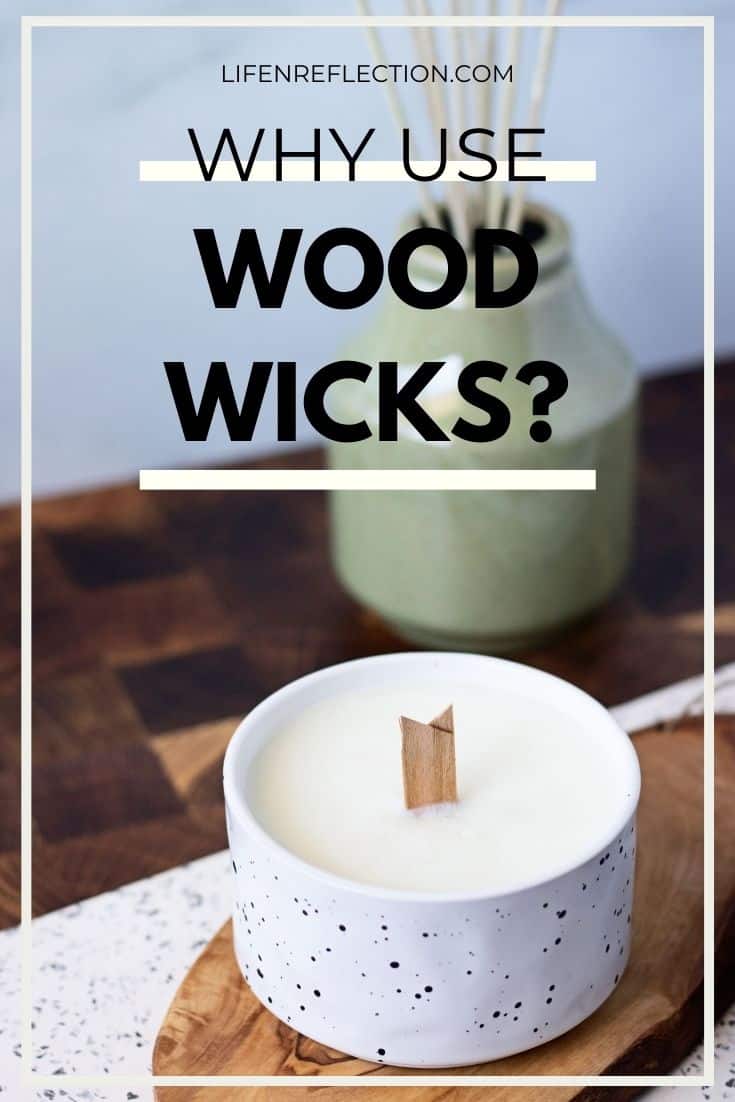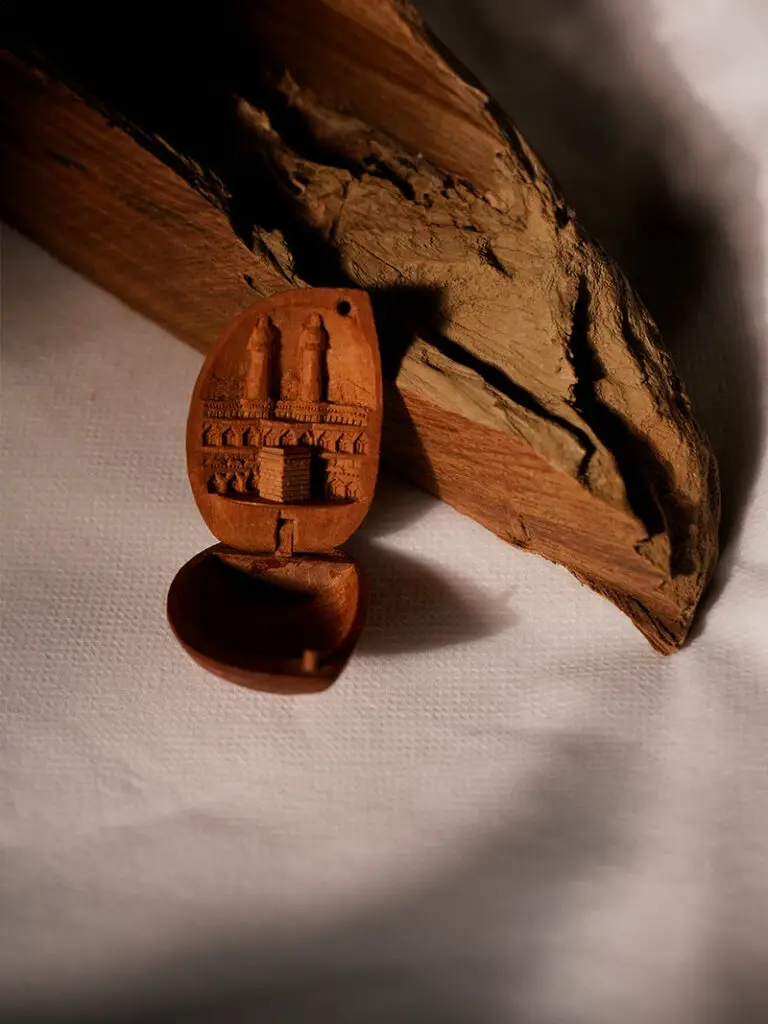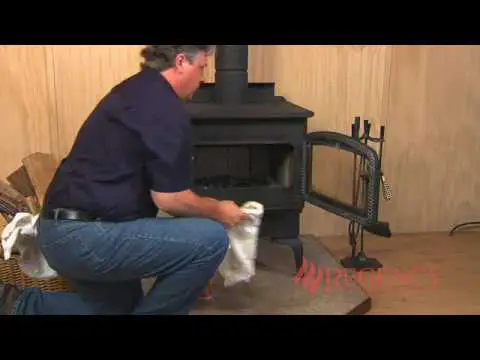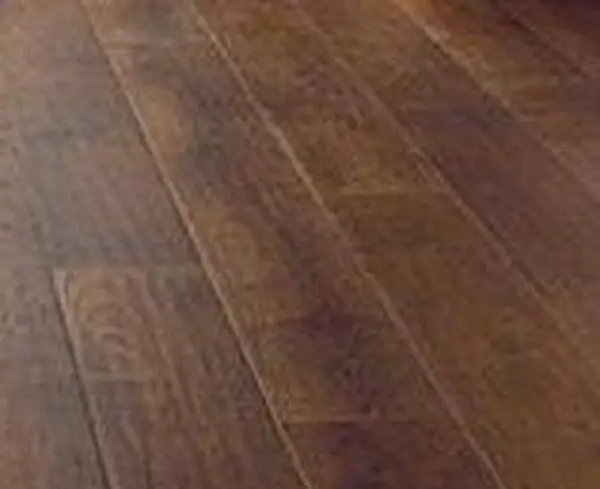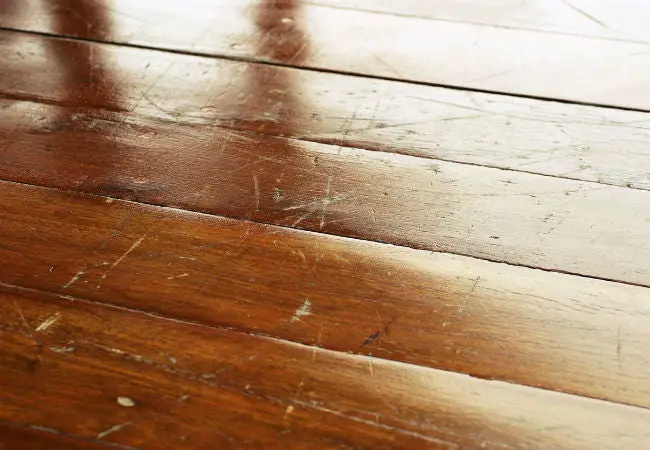What Does Termite Damage Look Like on Wood : Identifying the Signs
Termite damage on wood is a serious issue that can compromise the structural integrity of a building or furniture if left untreated. Termites are small insects that feed on cellulose, the main component of wood, and can cause extensive damage over time. It’s important to be able to recognize the signs of termite damage so that you can take action to prevent further destruction. In this article, we will explore what termite damage looks like on wood and how to identify it.
Signs of Termite Damage
Termite damage can manifest in various ways, and it’s essential to be able to identify these signs in order to address the problem effectively. Here are some common signs of termite damage on wood:
1. Hollowed Or Damaged Wood
One of the most obvious signs of termite damage is hollowed or damaged wood. Termites eat wood from the inside out, leaving a thin veneer of wood or paint on the surface. If you tap or knock on a piece of wood and it sounds hollow, it may be a sign of termite damage.
2. Mud Tubes
Subterranean termites build mud tubes to travel between their colonies and a food source. These pencil-sized tubes are typically found on the foundation of a building or along the walls. If you discover mud tubes on the exterior or interior of your property, it could indicate a termite infestation.
3. Discarded Wings
During swarming season, reproductive termites will fly in search of a new colony to start. After finding a mate, they shed their wings, and these discarded wings can often be found near windowsills, doors, or other entry points. Finding discarded termite wings is a clear indication of a potential termite problem.
4. Buckling Or Sagging Floors
If you notice that your wooden floors are starting to buckle or sag, it could be a sign of termite damage. Termites can weaken the subflooring and floor joists, causing these structural issues. It’s crucial to inspect the affected areas for termite activity and address the problem promptly.
Preventing Termite Damage
Prevention is key when it comes to dealing with termites. Here are some measures you can take to prevent termite damage on wood:
1. Reduce Moisture
Termites are attracted to moisture, so it’s important to address any water leaks or drainage issues around your property. Make sure to fix leaky pipes, improve ventilation in damp areas, and keep gutters and downspouts clean to prevent water buildup near the foundation.
2. Remove Wood-to-soil Contact
Termites can easily access wood that is in direct contact with the soil. To prevent this, consider using treated wood for construction projects and keep wooden structures at least a few inches above the ground. Additionally, avoid stacking firewood against the exterior walls of your home.
3. Schedule Regular Inspections
Regular inspections by a pest control professional can help detect termite activity early on. Professionals can identify signs of termites that may be overlooked by the untrained eye and provide recommendations for preventing infestations.
4. Use Termite-resistant Materials
When building or renovating, consider using termite-resistant materials such as concrete, steel, or pressure-treated wood. These materials are less attractive to termites and can help minimize the risk of infestation.
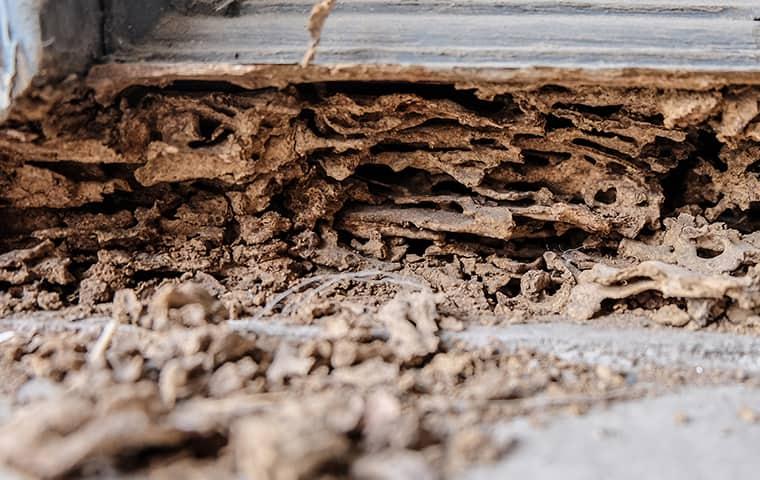
Credit: www.parkwaypestservices.com
Dealing with Termite Infestations
If you suspect that your property has a termite infestation, it’s crucial to take immediate action to address the problem. Here are the steps to take when dealing with termite infestations:
1. Contact A Pest Control Professional
At the first sign of termite activity, it’s important to contact a reputable pest control company. A professional will conduct a thorough inspection of your property, assess the extent of the infestation, and recommend an appropriate treatment plan.
2. Consider Treatment Options
Depending on the severity of the infestation, treatment options may include liquid termiticides, termite baits, or fumigation. Your pest control provider will determine the best course of action based on the specific circumstances of your infestation.
3. Repair And Prevent Future Infestations
After the termites have been eliminated, it’s important to repair any damaged wood and take steps to prevent future infestations. This may include replacing damaged wood, addressing moisture issues, and implementing preventative measures as mentioned earlier.
Frequently Asked Questions On What Does Termite Damage Look Like On Wood : Identifying The Signs
What Are The Signs Of Termite Damage On Wood?
Termite damage on wood may appear as small holes, sagging, or hollow-sounding timber.
How Can I Identify Termite Damage On Wooden Furniture?
Look for blistering or darkening of wood, mud tubes, or small piles of what looks like sawdust.
What Does Termite Damage Look Like On A Wooden Floor?
Termite damage on wooden floors can manifest as buckling, sagging, or the appearance of water damage.
Why Is It Important To Address Termite Damage On Wood Promptly?
Swift action prevents further structural damage and expensive repairs that termites can cause.
Conclusion
Termite damage on wood can have serious consequences if not addressed promptly. By being able to recognize the signs of termite damage and taking preventative measures, you can protect your property from these destructive pests. If you suspect a termite infestation, it’s important to seek professional help to eliminate the problem and prevent further damage.

